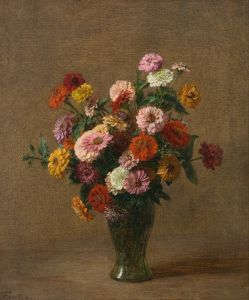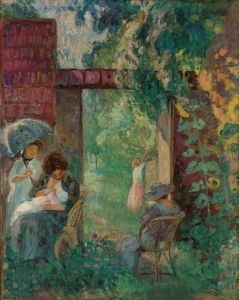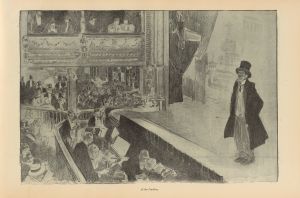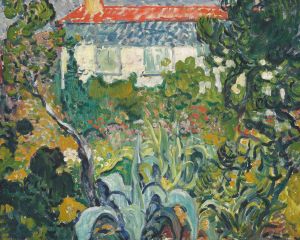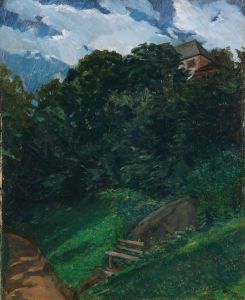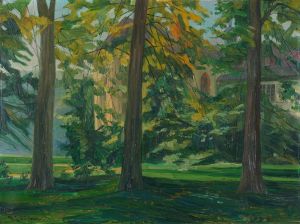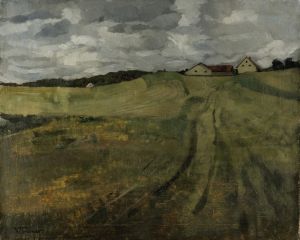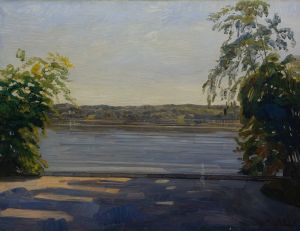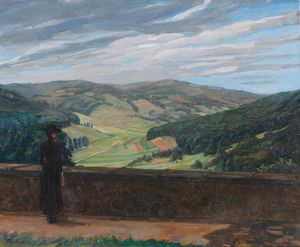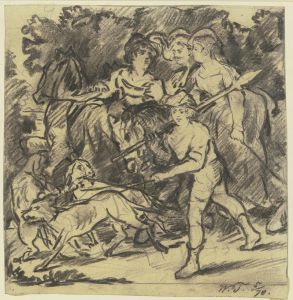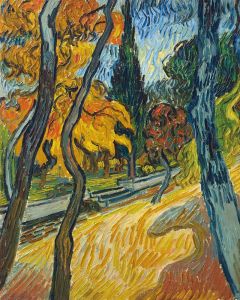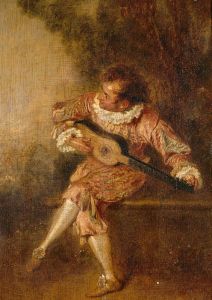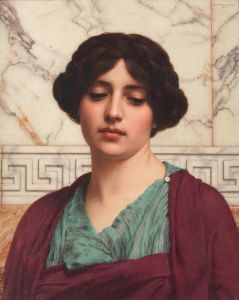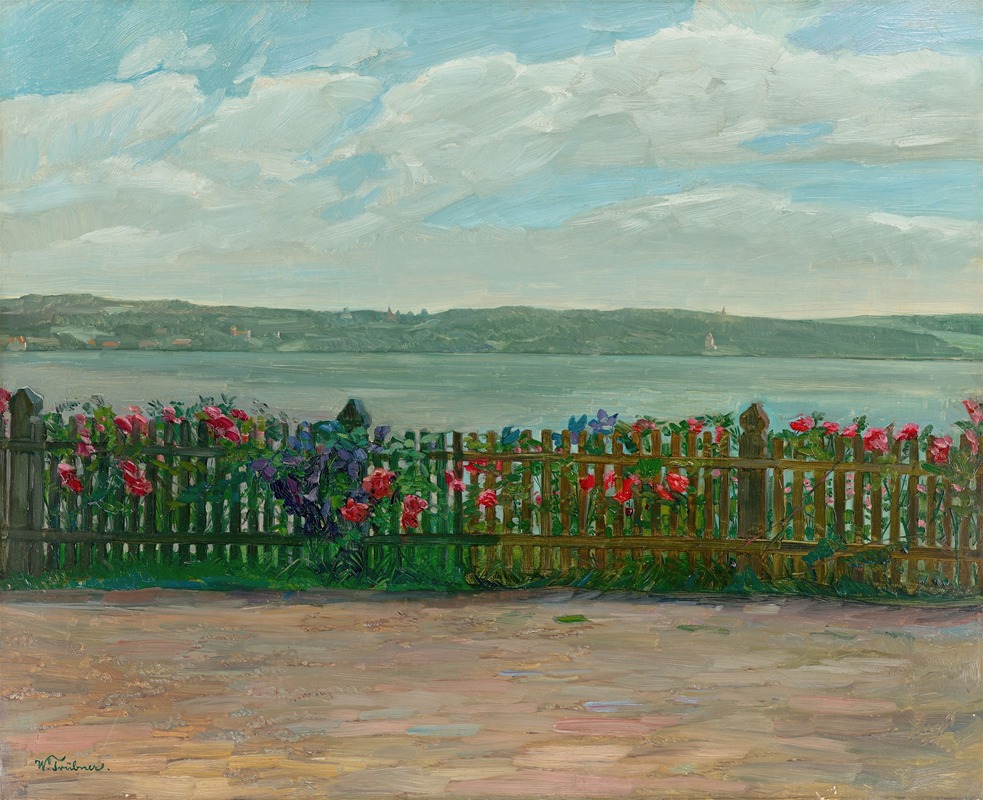
Rose fence with view of the Berg Castle at Lake Starnberg
A hand-painted replica of Wilhelm Trübner’s masterpiece Rose fence with view of the Berg Castle at Lake Starnberg, meticulously crafted by professional artists to capture the true essence of the original. Each piece is created with museum-quality canvas and rare mineral pigments, carefully painted by experienced artists with delicate brushstrokes and rich, layered colors to perfectly recreate the texture of the original artwork. Unlike machine-printed reproductions, this hand-painted version brings the painting to life, infused with the artist’s emotions and skill in every stroke. Whether for personal collection or home decoration, it instantly elevates the artistic atmosphere of any space.
Wilhelm Trübner was a German painter associated with the Realist movement, known for his detailed and vivid depictions of landscapes and still life. One of his notable works is "Rose Fence with View of the Berg Castle at Lake Starnberg." This painting exemplifies Trübner's skill in capturing the serene beauty of natural and architectural elements, a hallmark of his artistic style.
"Rose Fence with View of the Berg Castle at Lake Starnberg" is a landscape painting that showcases Trübner's adeptness at integrating natural scenery with man-made structures. The painting features a view of the Berg Castle, a historic site located on the shores of Lake Starnberg in Bavaria, Germany. The castle is known for its picturesque setting and historical significance, particularly as the site where King Ludwig II of Bavaria mysteriously died in 1886.
In the foreground of the painting, Trübner presents a rose fence, which adds a vibrant and colorful element to the composition. The roses are depicted with meticulous attention to detail, highlighting Trübner's ability to render floral subjects with realism and precision. The fence serves as a visual barrier that frames the view of the castle and the lake beyond, guiding the viewer's eye through the composition.
The background of the painting features the tranquil waters of Lake Starnberg, with the Berg Castle prominently positioned against the backdrop of the Bavarian landscape. Trübner's use of light and shadow creates a sense of depth and dimension, enhancing the overall realism of the scene. The castle, with its distinct architectural features, is rendered with clarity, emphasizing its historical and cultural significance.
Trübner's work is often characterized by his use of a naturalistic palette and his focus on capturing the essence of his subjects. In "Rose Fence with View of the Berg Castle at Lake Starnberg," he employs a harmonious blend of colors to convey the peaceful ambiance of the setting. The interplay of light and color in the painting reflects Trübner's mastery of the Realist style, which seeks to depict subjects truthfully and without idealization.
This painting is a testament to Trübner's ability to merge natural beauty with historical architecture, creating a composition that is both aesthetically pleasing and evocative of the cultural landscape of Bavaria. It reflects the artist's keen observation of nature and his dedication to portraying the world with authenticity and depth.
Overall, "Rose Fence with View of the Berg Castle at Lake Starnberg" is a significant work within Wilhelm Trübner's oeuvre, demonstrating his skill in landscape painting and his contribution to the Realist movement in Germany. The painting remains an important piece for understanding the intersection of art, history, and nature in the late 19th century.





